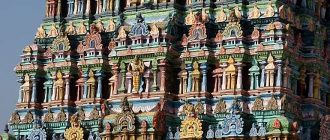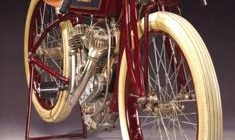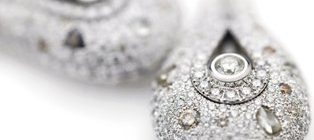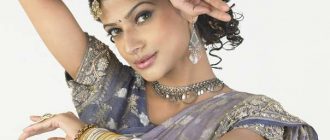Want to learn more about Indian oil paintings? Read on for a historical overview of this unique trend employed to create Indian oil painting…
Oil paints are thought to have originated in Afghanistan as early as the fifth century and they became popular during the Renaissance in Europe starting from the fifteenth century when they began to completely supplant the comparatively lifeless water-based egg tempera paints in use during the Middle Ages. Oil paintings made an almost complete full-circle to come to India in the nineteenth century with the English invaders and by the end of the century Indian oil painting had replaced the miniature art form from the Mughal era as the dominant style.
The Mechanics of Indian Oil Painting
Oil-based painting mixes color pigments in oil mediums, such as linseed oil, which are called drying oils because when exposed to air the oils oxygenate and the resulting chemical reactions produce a solid layer of color that is very durable. The oil is prepared by first boiling it along with resins such as those from pine or frankincense to give it body and gloss. Indian oil paintings use other oil mediums as well such as safflower oil, walnut oil, and poppy seed oil. Choosing the oil base impacts on the paint’s hue and sheen and the correct choice can lead to the desired effect and aura for the painting.
Paint thinned out with thinners such as turpentine oils or spirits is applied as a base coat and successively “fatter” or richer and less thinned-out paint layers are applied on top of each other. Paint may be applied with brushes, palette knives, or rags. Translucency, body, and sheen can be controlled by judicious applications of cold wax or varnishes such as pine resins mentioned above.
Famous Indian Oil Painter Raja Ravi Varma
Raja Ravi Varma was born in Travancore in 1948 and is still probably the most famous Indian painter to have lived. He was born to scholar and poet parents in Kilimanoor Palace and had the patronage of his relative the Maharajah Ayilyam Thirunal from childhood. He adapted the techniques of modern European art and oil painting to portrayals of local women and religious scenes from the Indian mythological epics the Mahabharata and Ramayana.
Raja Ravi Varma was very taken with the beauty of his native Southern India and its beautiful sari-clad women. These are the scenes most depicted in his paintings and the greater number of them feature mythological heroic women modeled after the women he saw in real life. One of the most famous paintings by Raja Ravi Varma is Shakuntala which features the heroine searching for her husband Dushyanta.
Other famous paintings include Draupadi Dreading to Meet Kichaka, Damayanti Talking to a Swan, Murugan, Radha Madhavam, Arjuna and Subhadra, Gangavataranam, Simhaka Sairandari, Bhishma Pledge, Asthassiddi, Lady with Lemon, Village Belle, Swarbat Player, A Family of Beggars, Lady Giving Alms at the Temple, Nair Women, and Romancing Couple among many others.





